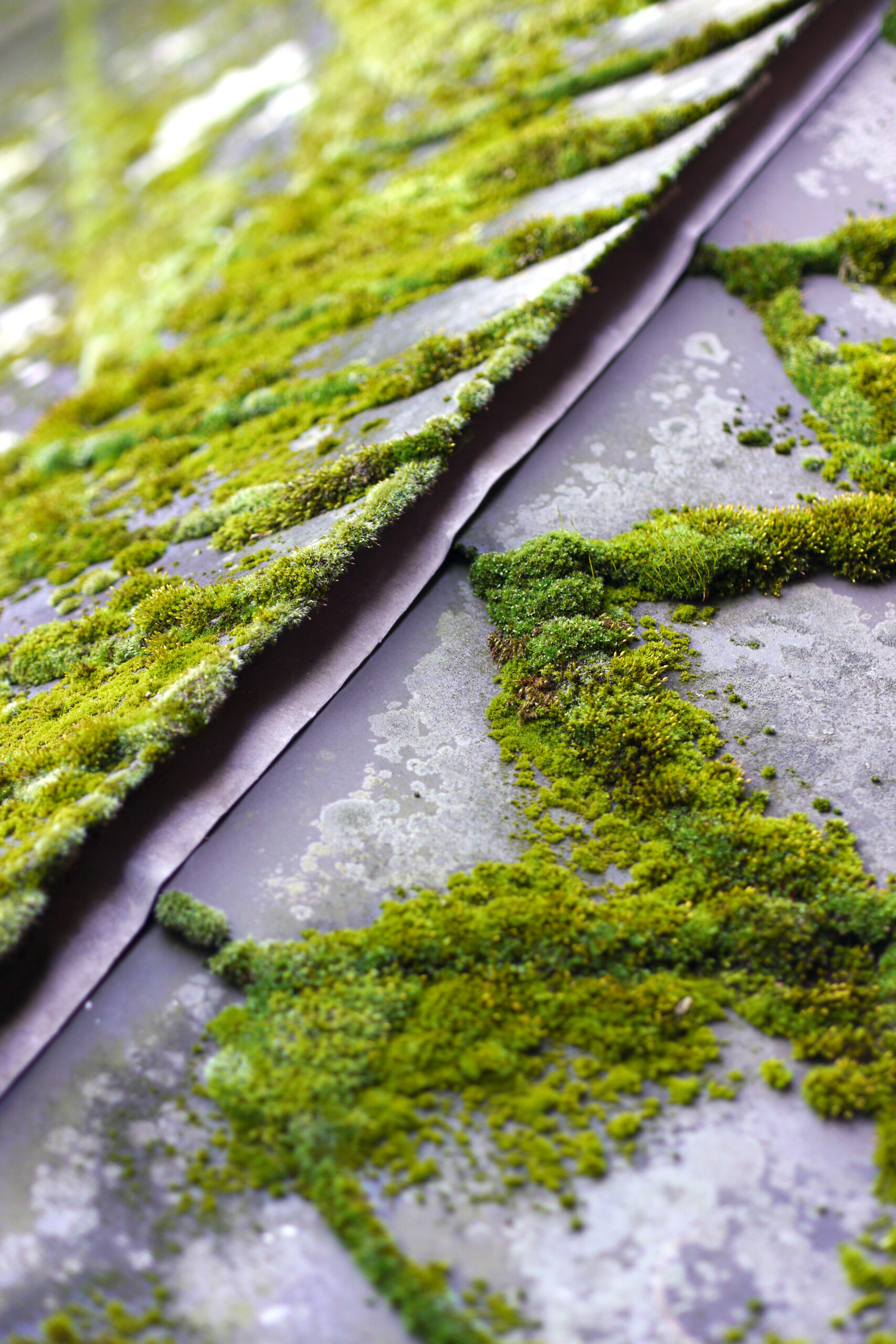How to Know If Roof Stains Are Algae, Mold, or Mildew (And When to Take Action)
If you’re a Florida homeowner, chances are you’ve seen dark streaks, green patches, or black spots on your roof. While they may seem like a cosmetic issue at first, these stains can indicate bigger problems. The key is understanding what’s growing on your roof—whether it’s algae, mold, or mildew—and knowing when to take action.
In Florida’s hot and humid climate, roof stains are incredibly common, but ignoring them can lead to long-term damage and even impact your home’s energy efficiency.
Let’s break down how to identify each type and what you should do about it.
🟩 What Is Algae on Roofs?
If you see long, black or dark green streaks running down your roof—especially on the shaded side—you’re likely dealing with algae, specifically a type called Gloeocapsa magma. It thrives in Florida’s humidity and feeds on the limestone filler in asphalt shingles.
Algae signs:
- Streaky appearance
- Found on shaded or north-facing slopes
- Usually not harmful at first but looks unsightly
What to do:
Algae is mostly a cosmetic issue, but it can reduce curb appeal and solar reflectivity, making your roof hotter. If left untreated, it can spread. Consider algae-resistant shingles or schedule a professional soft wash cleaning.
🟠 What Does Mold on a Roof Look Like?
Mold is more aggressive than algae and usually appears as thicker black or dark green patches, especially around damp areas like roof valleys, clogged gutters, or under tree cover. Mold holds moisture and can penetrate roofing materials, leading to water damage.
Mold signs:
- Dense, slimy or fuzzy dark patches
- Musty smell in the attic
- Potential for interior leaks
What to do:
Mold can be dangerous for both your roof and your health. If you suspect mold, do not try to clean it yourself—get a roofing expert to inspect and treat the area. In severe cases, a partial or full roof replacement may be necessary.
⚪ What About Mildew?
Mildew is a lighter growth—often white, gray, or yellow—and tends to show up in flat areas where water pools or around poorly ventilated soffits and fascia.
Mildew signs:
- Powdery or chalky texture
- Grows on surfaces that stay damp
- Can quickly spread in humid conditions
What to do:
While mildew is easier to remove than mold, it’s still a sign of poor ventilation or drainage. Address the source of moisture and clean the area with a gentle solution. If mildew returns quickly, it may point to larger roof issues.
🛑 When to Take Action
If you see any of the following, it’s time to call in a pro:
- Roof stains spreading fast
- Water stains in the attic or ceiling
- Shingles curling, cracking, or losing granules
- Musty smell or visible interior mold
Don’t ignore what your roof is telling you.
Stains may be a symptom of a bigger problem. Get a professional diagnosis from The Best Roofs—your trusted roofing experts in Orlando.

